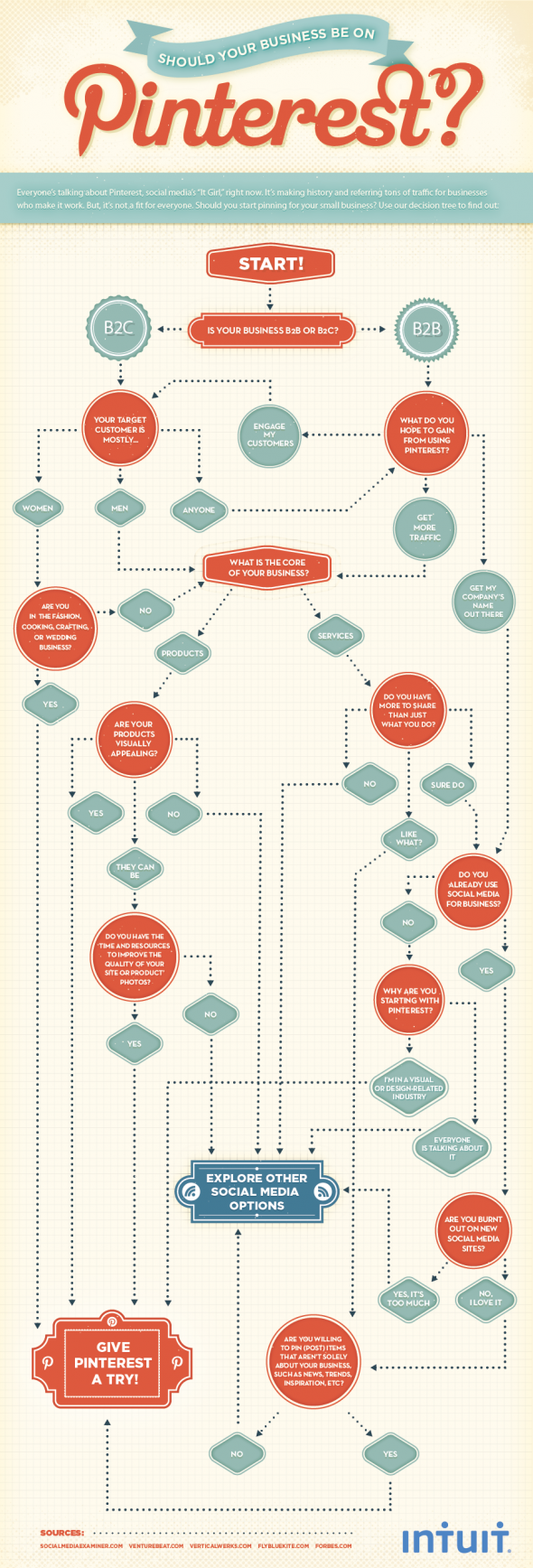As a social media marketer for Patterson Riegel Advertising in Fort Wayne, Indiana, it is in my job description that I stay on top of all that relates to the web based phenomenon. Therefore, I have a tendency to eat, sleep and breathe my job. Not because I have no life, but because social media is ever changing. The buzz around the water cooler as of recent is the new obsession with Pinterest.
Within the past few months Pinterest has become “the cats meow.” No, really! Check out this picture on Pinterest of a really cute cat! 
Pinterest has become third from the top in regards to social media websites. Surprisingly enough, the site has been around for several years, only to have gained millions of followers within just the past few months! To be honest, I made the best grilled cheese sandwiches for my family last night with a recipe I found on Pinterest. Granted, I’ve been making grilled cheese since I was old enough to use the stove, but these were oven baked…and simply amazing.
Those that aren’t busy spending hours on end getting their fill of photos consisting of recipes, animals, and outfits that normal middle class people will never be able to afford, are wondering what all the fuss about?
What does Pinterest even mean?
Pinterest is a social media site based on the users bookmarking or “pinning” their favorite sites and images on to a virtual pinboard. This then allows thousands of other users that share your same interests or just those just intrigued by your photo to “re-pin” your pin. Thus creating a cycle of recipes, craft ideas and cars. Confused? Take a look at my pinboards for example: 
Okay, okay now that you’ve taken a quick trip into the depths of my interests (and fitness desires) it’s time to put my marketing skills into play. How would putting my clients on Pinterest benefit their business? In a recent Hubspot ebook, “How to Use Pinterest for Business,” it provides four benefits to B2B marketers on using Pinterest:
- Traffic – if more website traffic can increase sales, you should consider using Pinterest. Early research indicates that Pinterest is more effective at driving traffic than other social media sites, including Facebook.
- Links – Adding a “Pin It” button to your product pages or blog posts will allow your customers and readers to pin your products onto Pinterest, thus providing a link back to the source.
- Leads – If you have closed-loop marketing analytics on your website, you can measure how those links become leads.
- Social Sharing – Pinterest enables users to log in using their Twitter or Facebook profiles. This enables users to automatically post new pins to their Facebook and Twitter feeds for others to see. That makes for more eyes getting access to your pictures.
One of the challenges some B2B marketers might face is a lack of visual content. However, there are some visuals that you can use:
- Existing visual content – executive headshots and bios, employees at work or at company events.
- Visuals from your website and blog articles – product visuals, offices, images from your company blog.
- Infographics and data charts – Infographics are becoming very popular. And even data charts made in Excel can be pinned.
- Ebook and book covers – Take a picture of the covers of any ebooks or whitepapers that your company has authored, pin them up and include a link to request the actual publication.
- Pictures of your customers – It’s a great way to show how your product or service helps the user.
Click here to download a copy of “How to Use Pinterest For Business.”
Along with this e-book comes a perfect Pinterest visual:
Who knows, maybe Pinterest will die out faster than Google+? (Whoops, was that out loud?) But that doesn’t mean that it’s not appropriate or beneficial for your business, at least for the time being. Patterson Riegel has taken the plunge into Pinterest, and thus far we’re seeing a reasonable amount of traffic. 🙂 Consider how appropriate it is for your business, and whether or not you have the means and the resources to make this addiction worth while. Happy Pinning!

